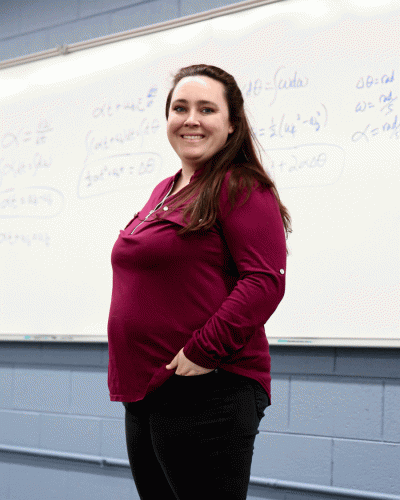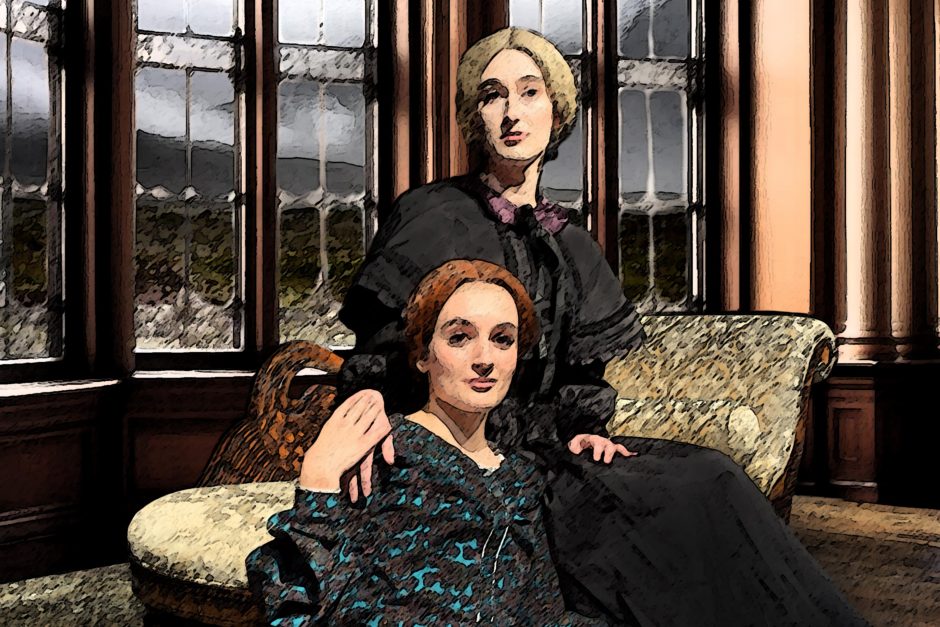Reinventing engineering education
Professor Grimes has internationally published research papers and years of diversity research in engineering. Her dissertation for her Ph.D. in engineering education was about “stereotype threat,” breaking pre-existing notions about what it means to be an engineer.
Engineering education is evolving

Engineering education is an ever-evolving field that investigates everything from how to better teach to how to better recruit future engineers. I was fortunate enough to become the first graduate in the engineering education Ph.D. program at Mississippi State University. As part of my studies, I investigated learning theories as well as motivational theories that impact learners.
What it means to be an engineer
Through my initial research, I found that women and minorities oftentimes have problems situating their identities into engineering due to pre-existing stereotypes about the field. I eventually came across the term “stereotype threat,” and it became the topic of my dissertation. Stereotype threat is the fear of fulfilling a negative idea about a group that one belongs to. My investigation into this topic drove me to better understand how motivational theories and experimental classrooms could be used to access diverse populations by breaking these pre-existing notions about what it means to be an engineer.
Doubt leads to stereotype reinforcement
Stereotype threat can increase a person’s stress to the point of negatively impacting performance and self-efficacy. In simple terms, the fear of proving a negative stereotype “correct” can cause a person to doubt themselves more and, in turn, drive down their motivation—and even their ability to perform academically. People who encounter stereotype threat often feel the need to perform above average to feel that they belong.
Focus on their strengths
The question for me, as an instructor, then became how to avoid these negative stereotypes in the classroom so that diverse students could find a better sense of belonging, even in the face of perceived failures. I found that women who are successful in engineering tended to focus on the design and creativity aspects of the field. Therefore, I began to design my classrooms to invite greater creativity and real-world application, mostly through project-based learning. All members of a team are asked to identify their own strengths prior to the project beginning, which allows them to navigate around what knowledge they may lack and focus on the strengths that they bring.
Knowledge is gained through failure
Stereotype threat also heightens students’ fears of failure. These fears often obstruct students from seeing that they can be successful, and that failure is often just a part of the learning journey. By setting up a problem-based learning environment, I can plan for students to have minor “failures” throughout their projects, facilitating the perception that there is valuable knowledge gained through failure. I have found that students of all backgrounds are usually able to situate their identities and have greater self-efficacy when taught using these models.
By focusing on self-efficacy and resolving their fear of failures, I aim to allow every student the opportunity to form an identity in engineering, regardless of background.
This story is part of a series on six faculty who offer expertise on the fields they are passionate about teaching.



